The gentle rhythm of water against the shoreline, the meditative focus required to read the surface for signs of life below, and the ancient connection between humans and aquatic environments—fishing offers a window into local culture that few other activities can match. These European lakeside communities maintain fishing traditions dating back centuries while welcoming visitors seeking authentic experiences away from overcrowded tourist destinations.
Here is a list of 16 lakeside villages where the art of fishing can be learned in tranquil surroundings.
Hallstatt, Austria
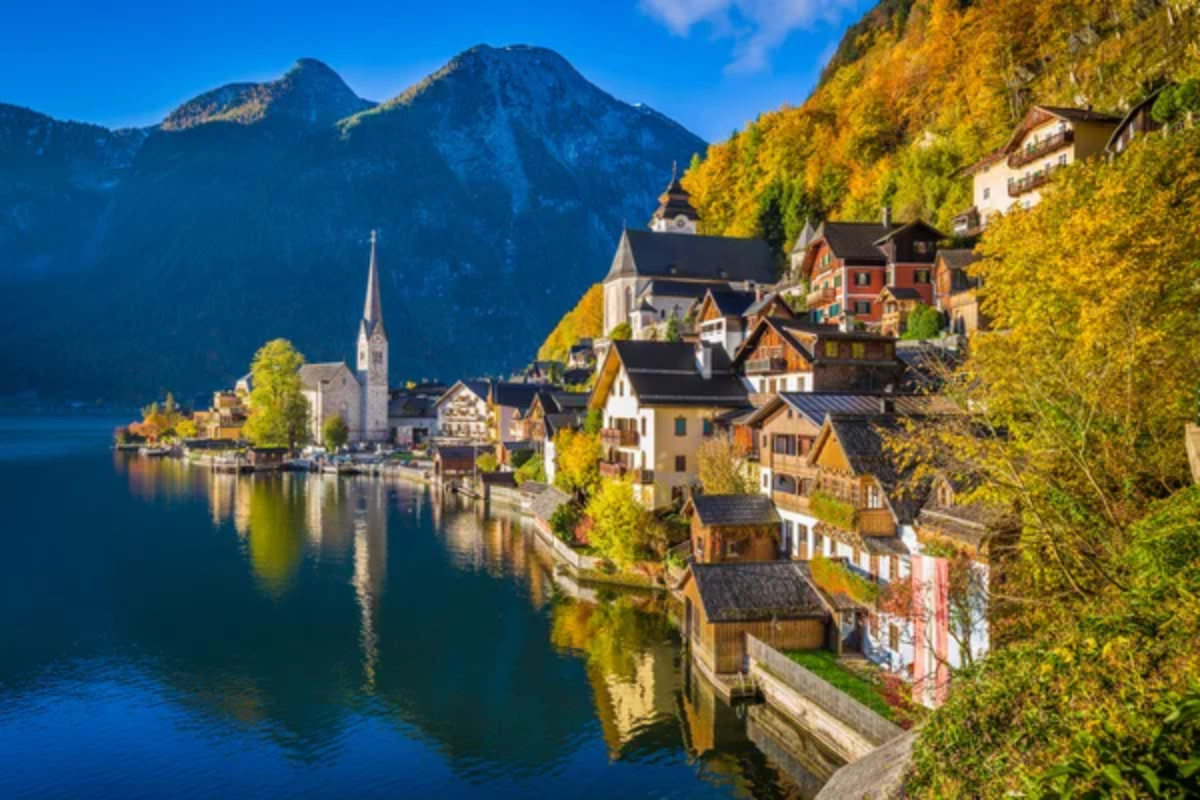
Nestled between towering Alps and the glassy surface of Lake Hallstatt, this village of just 800 residents maintains fishing traditions dating back to prehistoric times. Local fishermen offer small-group instruction using traditional wooden boats and handcrafted lures specific to the lake’s native Arctic char and lake trout.
The experience typically begins at dawn when the lake’s surface resembles a perfect mirror, broken only by your line entering the water. These guided sessions often conclude with participants helping prepare their catch using centuries-old preservation techniques before enjoying lunch at boathouses built on stilts above the water—structures essentially unchanged for generations.
Orta San Giulio, Italy
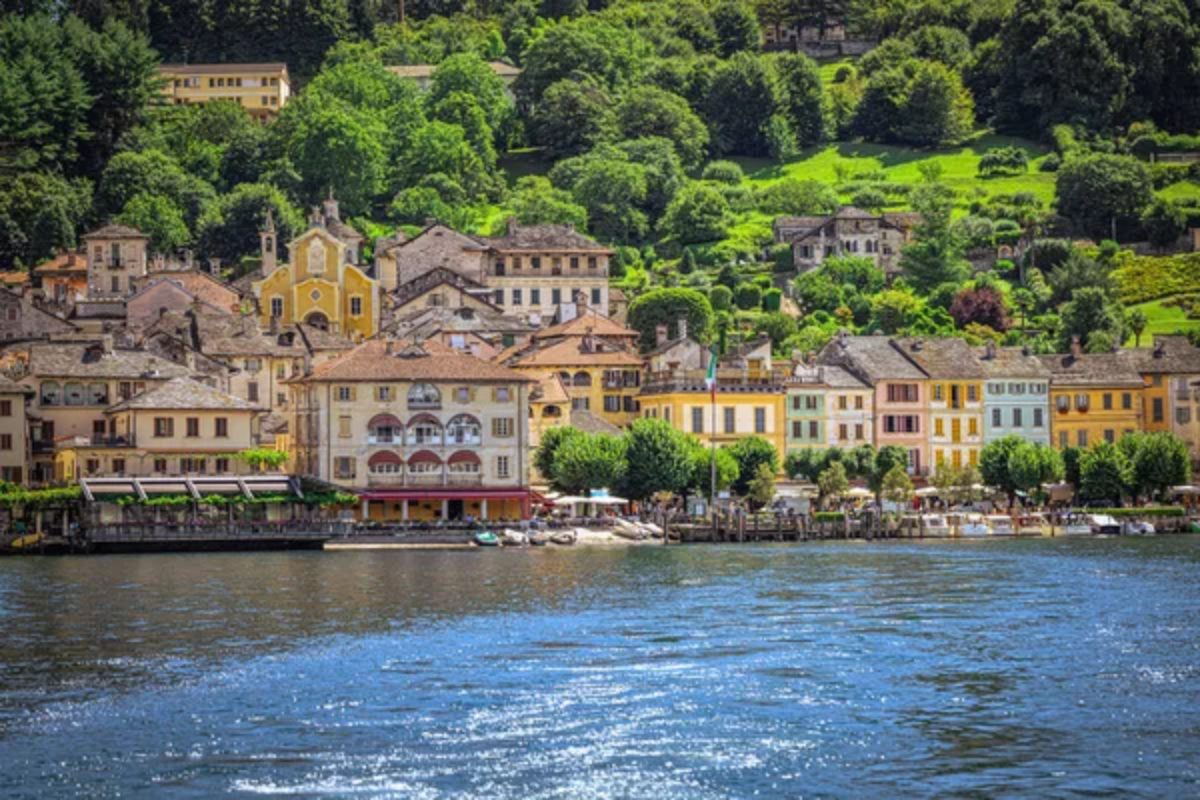
This pedestrian-only village on Lake Orta’s eastern shore provides a rare opportunity to learn traditional fishing methods that have sustained local families for centuries. Third-generation fishermen demonstrate the distinctive lampara technique—using lights to attract fish during evening hours—from wooden boats maintained through decades of careful repair rather than replacement.
The instruction happens in small coves away from the handful of visitors who typically concentrate around the main square. After several hours on the water, participants often gather in family kitchens where grandmothers transform the day’s catch into lavaret alla Piemontese using recipes preserved through oral tradition rather than written cookbooks.
Like Travel Pug’s content? Follow us on MSN.
Lekeitio, Spain

This Basque coastal village, where the Lea River meets the Bay of Biscay offers the unique opportunity to learn both freshwater and saltwater fishing techniques within walking distance. Local fishing families invite visitors to join early morning river excursions targeting trout and eels using hand-tied flies that mimic indigenous insects.
The village harbor remains working rather than a tourist hub, allowing visitors to observe the daily rhythm of boats returning with ocean catches while learning about sustainable harvesting practices that have allowed these waters to remain productive for generations. Instruction often includes preservation methods like traditional salting and smoking techniques that developed before refrigeration made fresh transport possible.
Bled, Slovenia
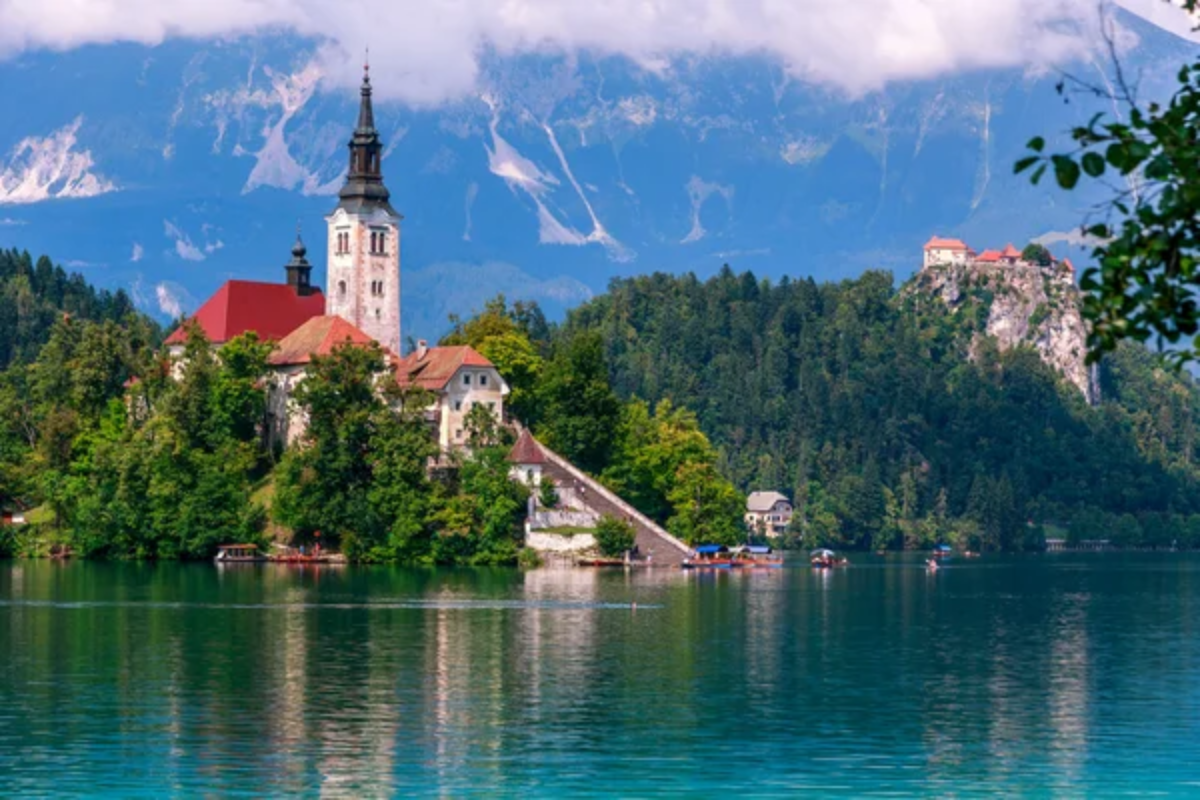
Beyond the famous church-topped island that draws photographers, this Alpine lake community maintains fishing traditions predating tourism by centuries. Local guides teach the art of catching the indigenous Bled whitefish from traditional wooden pletna boats, using techniques specific to different seasons and weather conditions.
The experience typically includes instruction in reading subtle changes in water color that indicate fish movement beneath the surface. Sessions often conclude at lakeside smokehouses where participants help prepare their catch using juniper wood from nearby forests—a specific technique that imparts a distinctive flavor found nowhere else in the Alpine region.
Grimsnes, Iceland
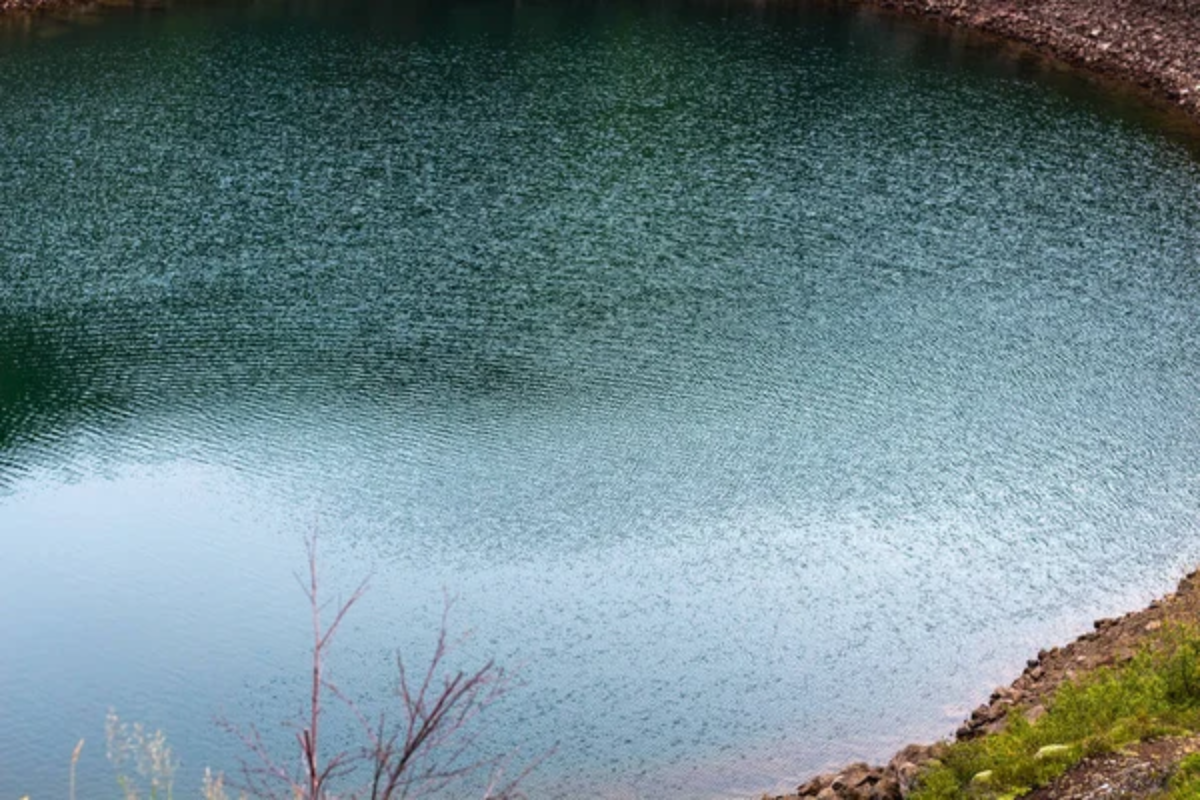
This remote community alongside Lake Thingvallavatn offers instruction in Arctic char fishing techniques adapted to survive Iceland’s harsh conditions. Local families who have fished these waters for generations demonstrate how to use weighted lines that sink below the thermocline where larger fish congregate during summer months.
The crystal-clear water allows complete visibility of fish approaching your bait—a mesmerizing experience even before the first strike. These sessions typically include learning preservation methods developed during Iceland’s settlement period, including traditional fermentation techniques that developed in response to limited salt availability in earlier centuries.
Like Travel Pug’s content? Follow us on MSN.
Lough Corrib, Ireland

The scattered communities around Europe’s best brown trout lake have maintained fishing traditions relatively unchanged since pre-Christian times. Local ghillies (traditional fishing guides) share knowledge passed through generations about reading water conditions across this massive lake with its 365 islands.
Instruction typically happens from traditional wooden boats built using techniques unchanged for centuries, with lessons in creating flies that mimic local insect hatches specific to different sections of the lough. Evening sessions often move to village pubs where the day’s experiences transform into storytelling sessions connecting current fishing practices to local folklore and ecological knowledge.
Silkeborg, Denmark
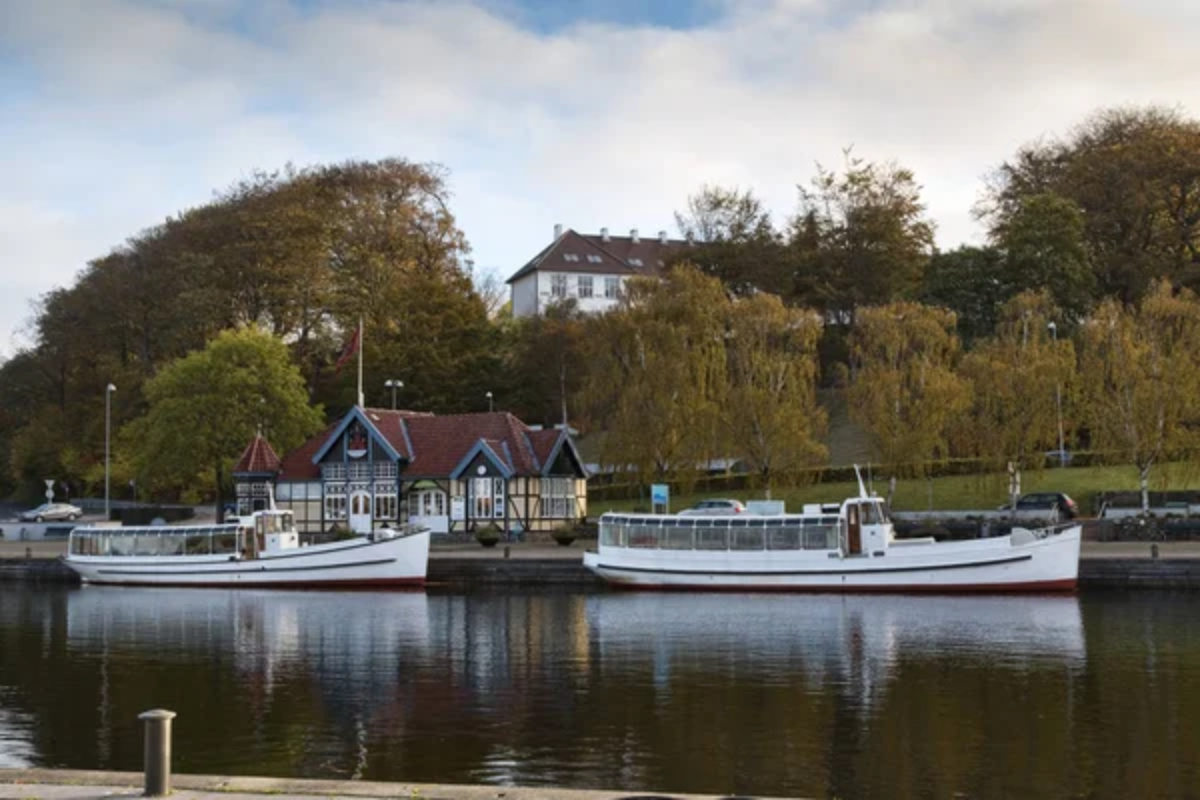
Situated within the Lake District of central Jutland, this town provides access to instruction in techniques specifically developed for Denmark’s interconnected lake systems. Local anglers demonstrate sustainable pike fishing methods from traditional wooden boats navigating channels connecting multiple lakes in the region.
The experience includes learning how seasonal water temperature changes affect fish behavior in these relatively shallow Nordic waters. After morning sessions on the water, participants often join preparations for the traditional Danish practice of koldrøget—cold smoking fish over smoldering beechwood chips harvested from the forests surrounding the lakes.
Walchensee, Germany
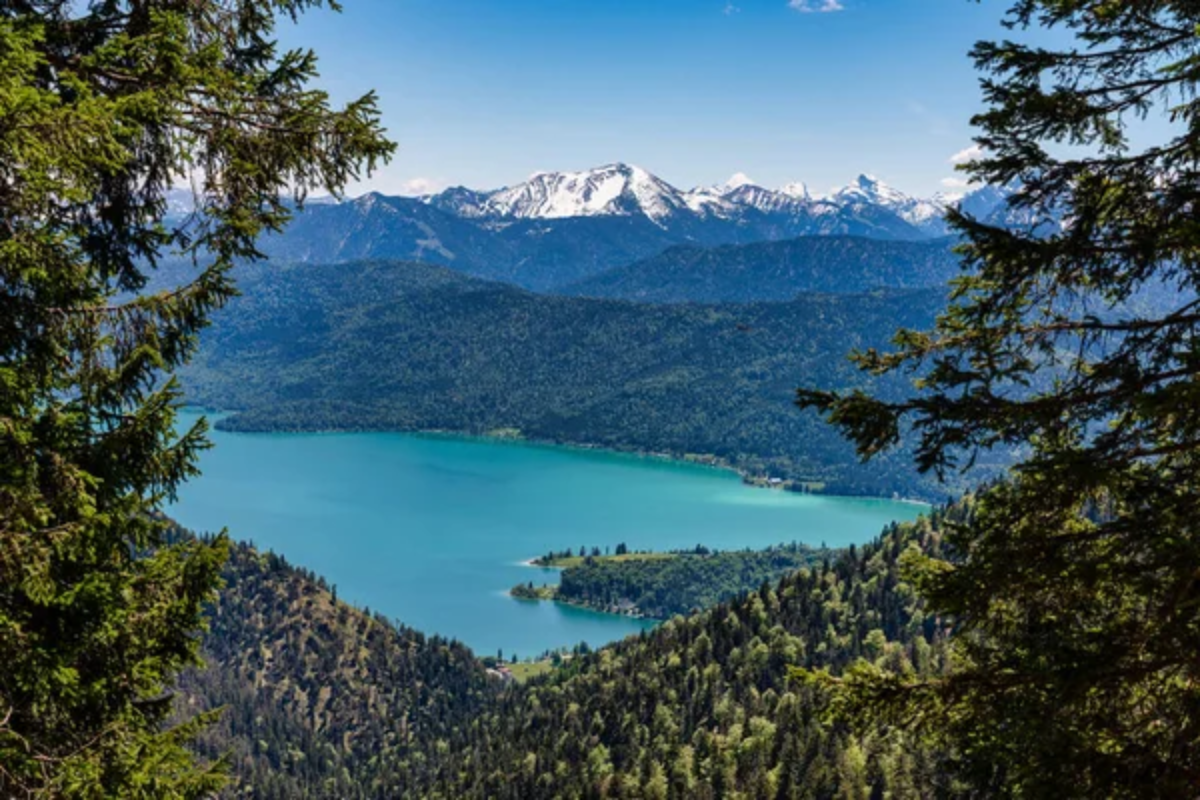
This Bavarian alpine lake village remains refreshingly undeveloped despite its proximity to Munich, offering instruction in fishing techniques adapted to this particularly deep alpine lake. Local families demonstrate methods for targeting the lake’s famous Renke (a whitefish species) using knowledge refined over generations about how these fish move through different depth layers.
The crystal-clear water—among the cleanest in Germany—creates ideal conditions for observing underwater behavior before making your first cast. Sessions typically conclude with lessons in preparing geräucherte Renke using smoking techniques specific to this region, often enjoyed with locally foraged herbs and vegetables.
Like Travel Pug’s content? Follow us on MSN.
Vegoritis, Greece
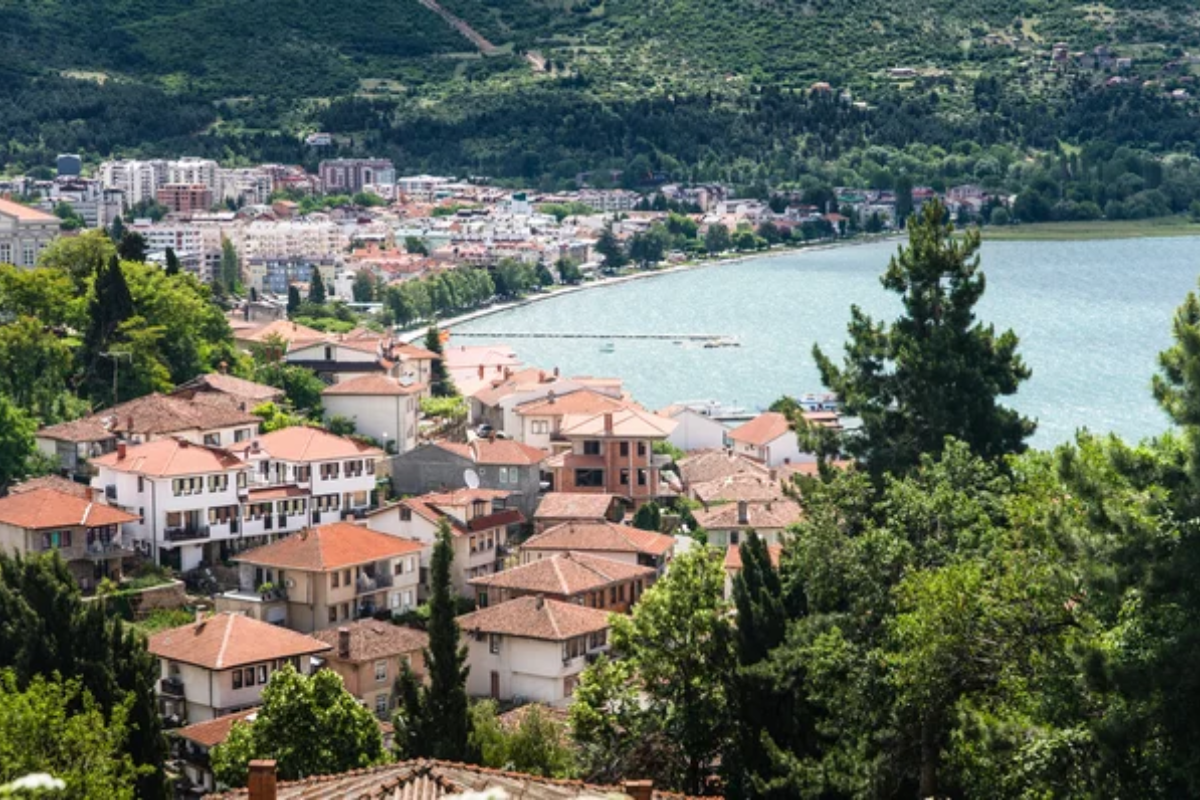
This tranquil village on Macedonia’s deepest lake remains predominantly a fishing community rather than a tourist destination, offering authentic instruction in techniques specific to Greek inland waters. Local fishermen demonstrate methods for catching the lake’s native carp and trout species using approaches developed long before modern equipment became available.
The experience typically includes learning how to prepare and maintain traditional hemp nets still used alongside more contemporary methods. Afternoon sessions often move to family courtyards where participants help prepare psarosoupa—fish soup prepared according to recipes preserved through generations of village families.
Plav, Montenegro
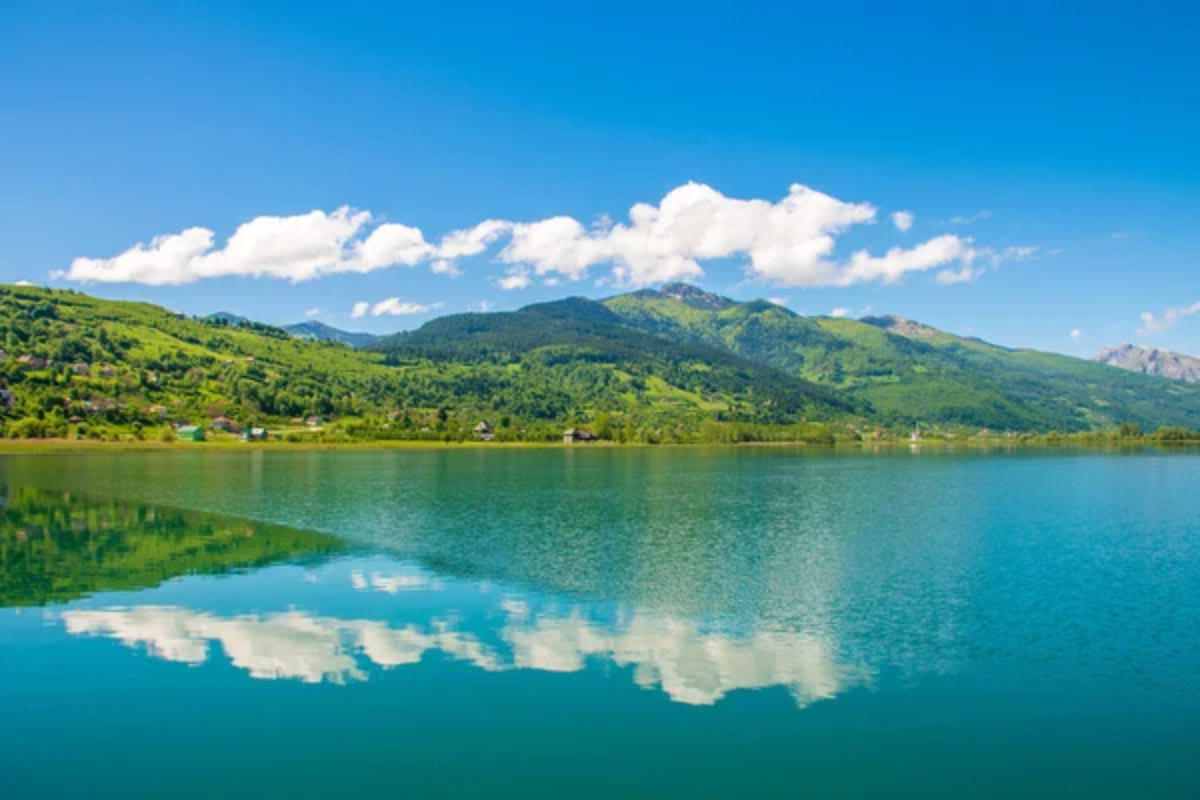
Nestled alongside its namesake glacial lake and surrounded by the Prokletije Mountains, this village offers instruction in fishing techniques developed to thrive in isolation during centuries when mountain passes were closed by winter snow. Local guides demonstrate methods for catching the lake’s native trout species using flies tied from materials gathered in surrounding alpine meadows.
The experience provides insights into how fishing practices here evolved differently from elsewhere in Europe due to the village’s remote location. After morning sessions, participants typically join in preparing fresh catches using distinctive Montenegro preservation methods involving both smoke and mountain herbs.
Virpazar, Montenegro
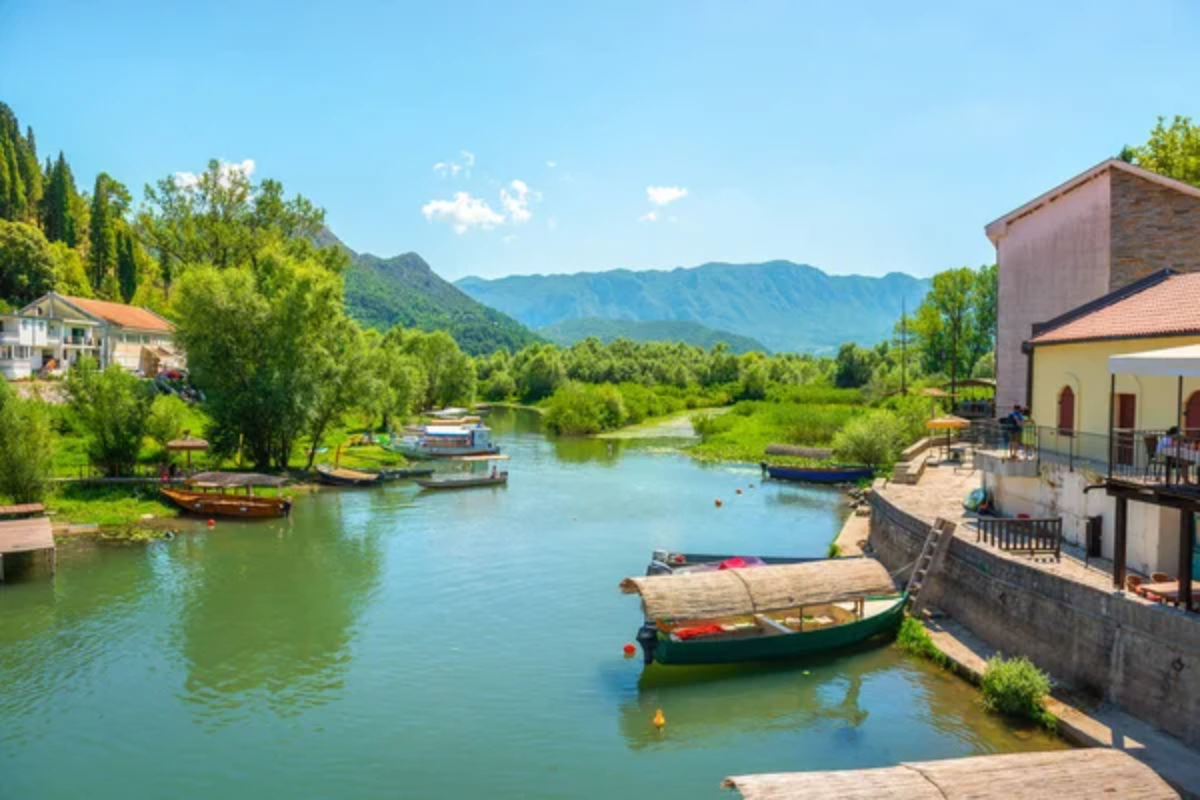
This village at the northern edge of Lake Skadar—the Balkans’ largest lake—offers instruction in techniques adapted to this unusual ecosystem where freshwater meets occasional saltwater intrusions. Local fishermen demonstrate methods for catching carp and eel using approaches passed through families for generations, including distinctive wooden fish traps constructed without metal components.
The experience typically includes learning about the lake’s role as Europe’s largest bird sanctuary and how fishing practices have evolved to protect this delicate ecosystem. Post-fishing sessions often include learning to prepare carp in the distinctive Montenegrin style that uses special clay pots to control moisture during cooking.
Like Travel Pug’s content? Follow us on MSN.
Mjøsa, Norway
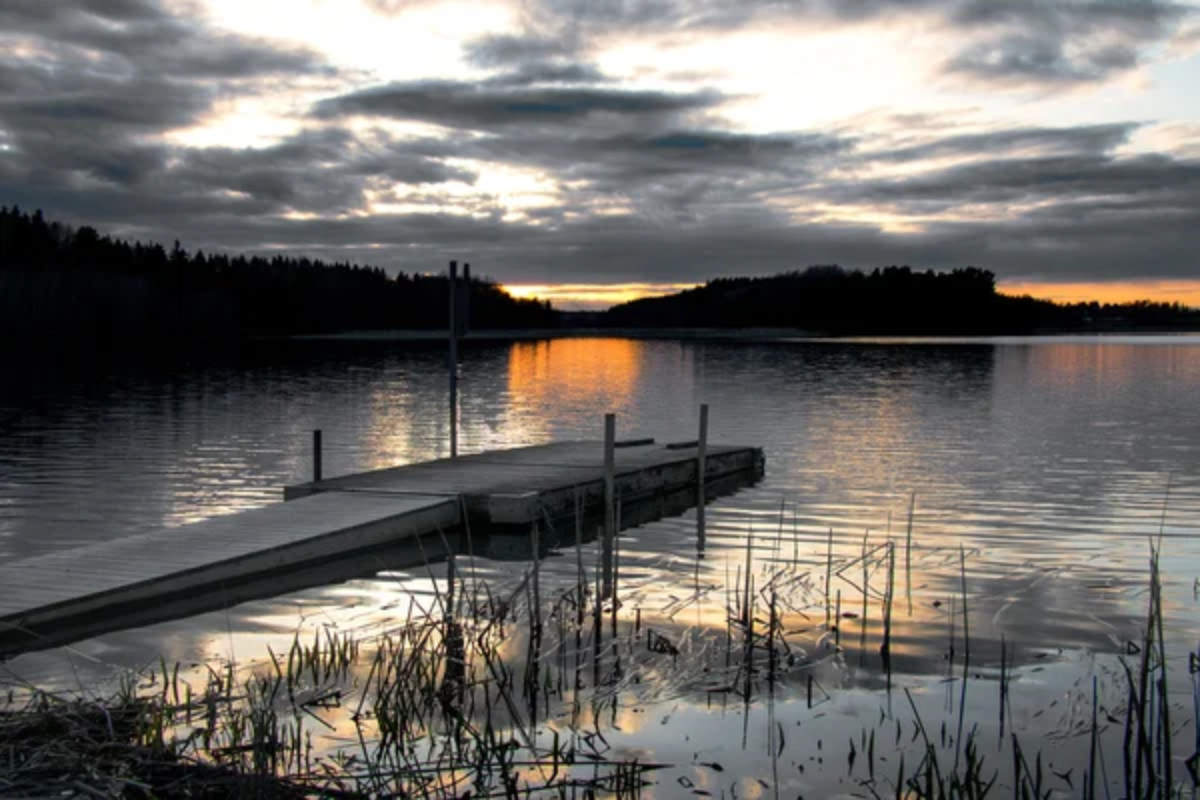
Communities along Norway’s largest lake maintain fishing traditions predating the Viking era, offering instruction in techniques specifically developed for Scandinavian inland waters. Local guides demonstrate methods for catching the lake’s famous Mjøsa trout—some weighing over 20 pounds—using approaches that have remained essentially unchanged for centuries.
The experience includes learning how seasonal lake turnover affects fishing conditions and how to adjust techniques accordingly. Sessions typically conclude with instruction in traditional Norwegian preservation methods, including gravlaks (salt-curing) and tørrfisk (air-drying) techniques that enabled survival through harsh northern winters before refrigeration.
Vagli Sotto, Italy

This medieval village perched above an artificial lake in Tuscany offers a unique perspective on fishing traditions that adapted when the original valley was flooded to create a reservoir. Residents teach techniques for catching the lake’s trout and perch populations that thrived after the reservoir’s creation, using approaches that blend traditional Tuscan methods with adaptations necessary for the new environment.
The village’s remote location in the Apuan Alps ensures peaceful conditions even during peak tourist seasons elsewhere. Evening sessions often include learning to prepare freshwater fish according to recipes from the pre-flooding era, preserved by families displaced when the dam was constructed.
Morske Oko, Slovakia
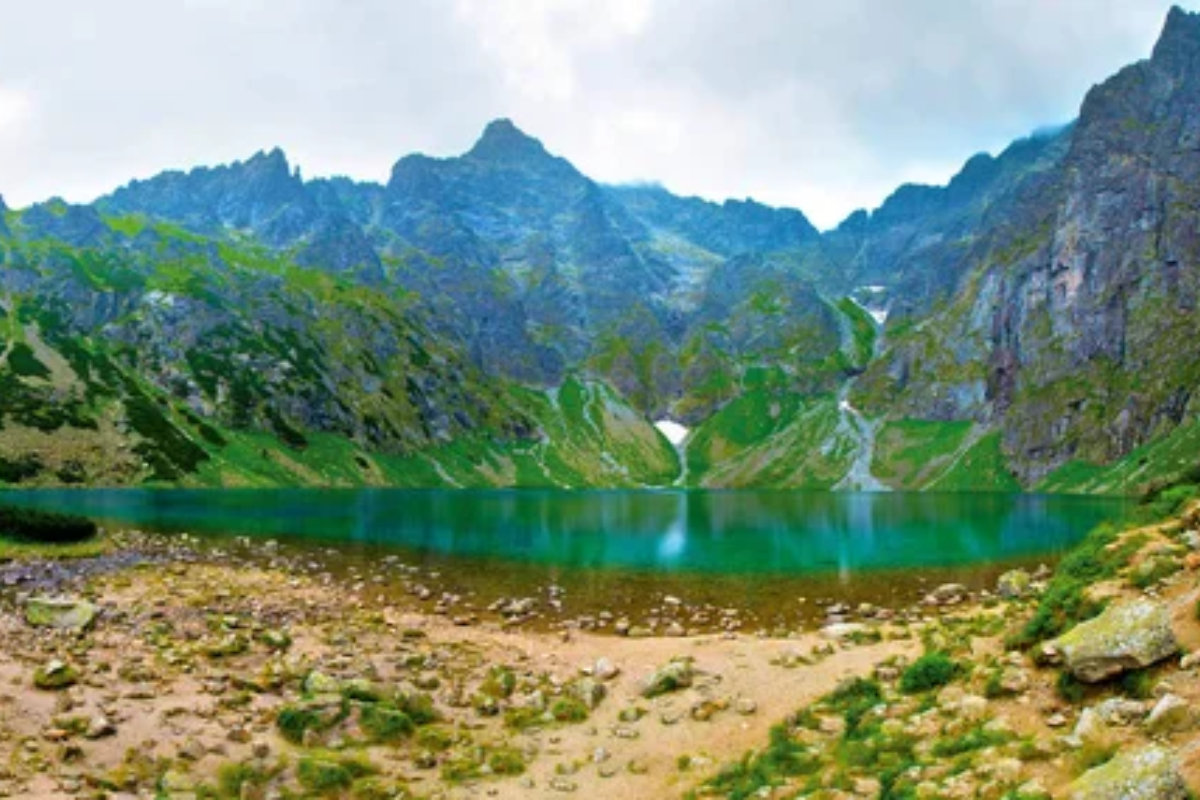
This remote mountain village adjacent to its namesake glacial lake offers instruction in high-altitude fishing techniques developed in isolation from mainstream European approaches. Local guides demonstrate methods for catching the lake’s native trout using traditional tools crafted from materials found in the surrounding Tatra Mountains.
The pristine water quality—among the highest in Europe—creates exceptional visibility for observing fish behavior before casting. After morning sessions, participants typically join in preparing the catch using smoking methods developed during periods when salt was scarce in this landlocked region, using wood types specific to different seasons.
Like Travel Pug’s content? Follow us on MSN.
Galway, Ireland
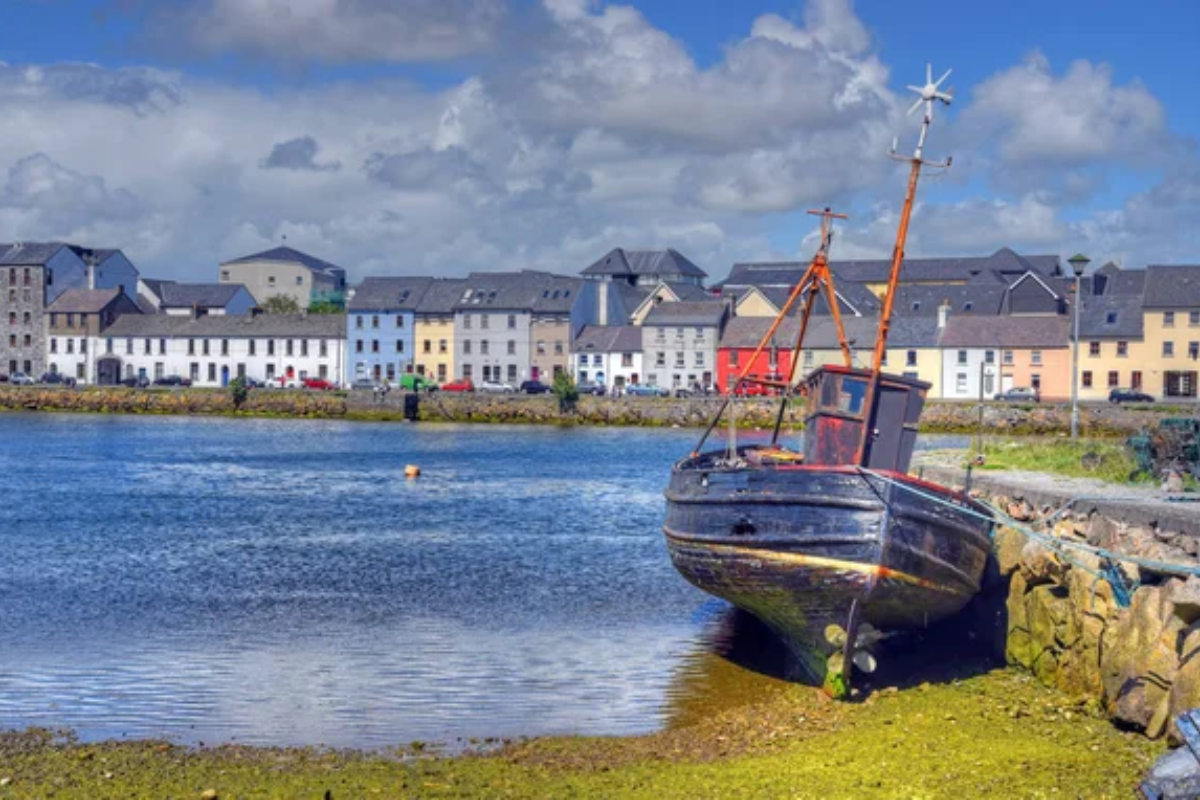
Beyond the bustling city center, the villages dotting Lough Corrib’s shores maintain distinctive fishing traditions spanning centuries. Local boatmen demonstrate fly-fishing techniques specifically developed for the lake’s famous wild brown trout population, including approaches that vary by season and weather conditions.
The experience includes learning to “read” the lake surface for signs of feeding activity and insect hatches. Evening sessions often move to traditional thatched cottages where participants help prepare the day’s catch using distinctively Irish recipes involving butter, herbs gathered from lakeside meadows, and potatoes grown in the rich soil surrounding the lough.
Kaszuby Lake District, Poland

This region of interconnected lakes and small villages maintains fishing traditions dating back to medieval times, largely unchanged by modern tourism. Local fishermen demonstrate techniques specific to catching pike and perch from traditional wooden boats maintained through generations of careful repair.
The experience includes learning how these communities developed sustainable fishing practices long before environmental conservation became a global concern. After-fishing activities often include instruction in traditional Polish preservation methods including marination in vinegar solutions flavored with locally foraged herbs and spices unavailable in commercial preparations.
Honoring Water and Tradition
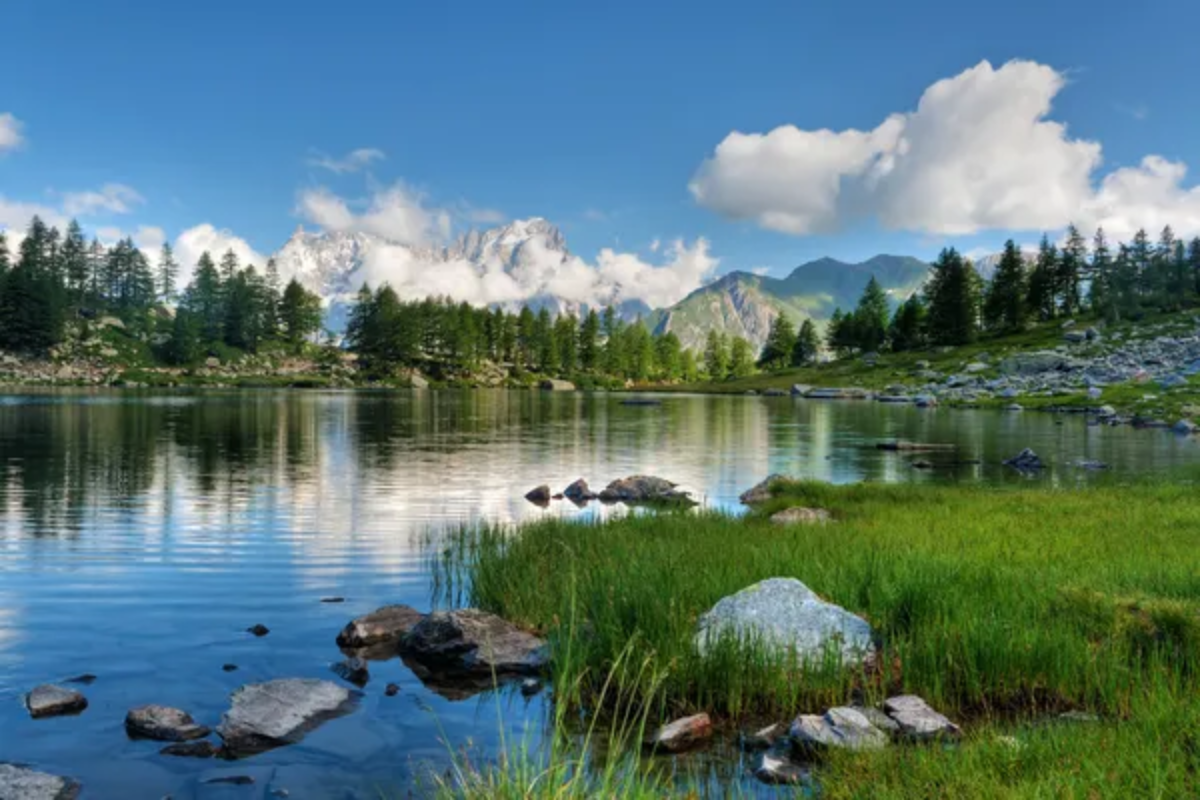
These European villages offer more than just fishing lessons—they provide windows into cultures shaped by their relationship with lakes and rivers across centuries. The techniques taught here weren’t developed for recreation but for survival, refined through generations of observation and adaptation.
While learning to cast a line or set a net, visitors absorb cultural knowledge that connects them to both place and past. In an increasingly standardized world, these authentic experiences allow travelers to participate in living traditions rather than merely observing them from a distance.
Like Travel Pug’s content? Follow us on MSN.
More from Travel Pug

- 20 Towns Built for One Purpose That Were Later Abandoned
- 15 Hidden Spots in Disney World’s Magic Kingdom Most Visitors Miss
- 20 Once-Popular Beach Towns That Are Now Ghostly Empty
- 15 Canyons in the U.S. That Are Just as Stunning as the Grand Canyon
- 10 Under-the-Radar Mountain Towns That Are Both Affordable and Beautiful
Like Travel Pug’s content? Follow us on MSN.
